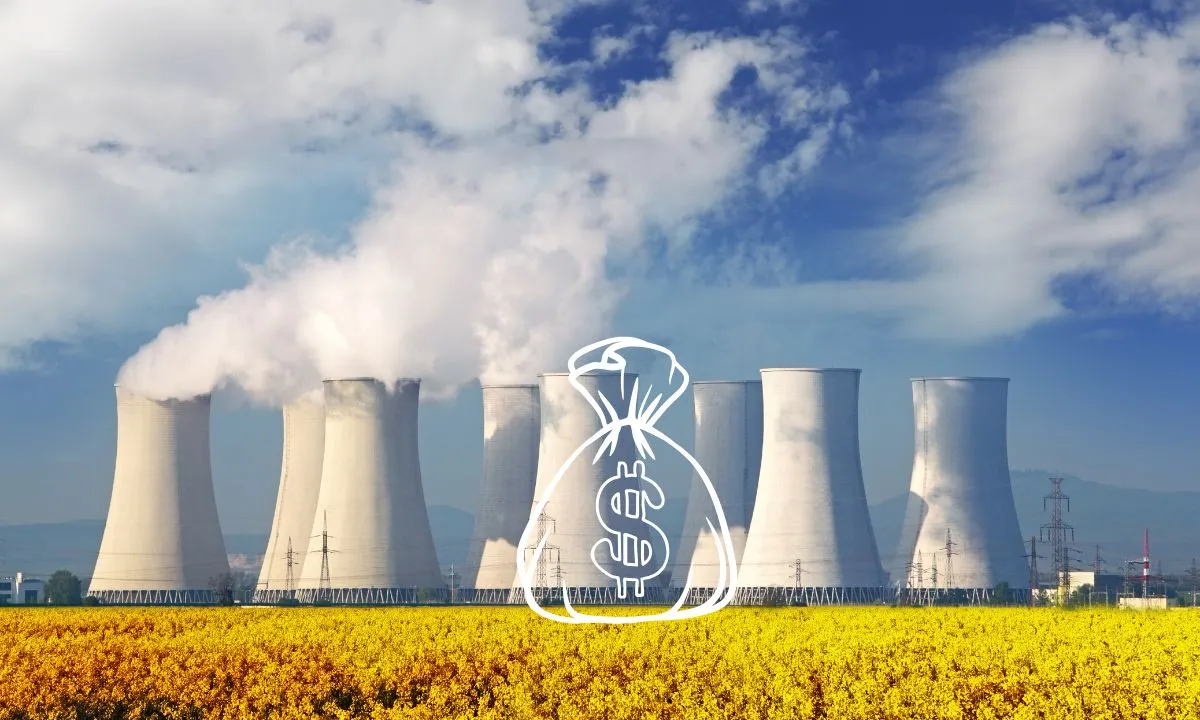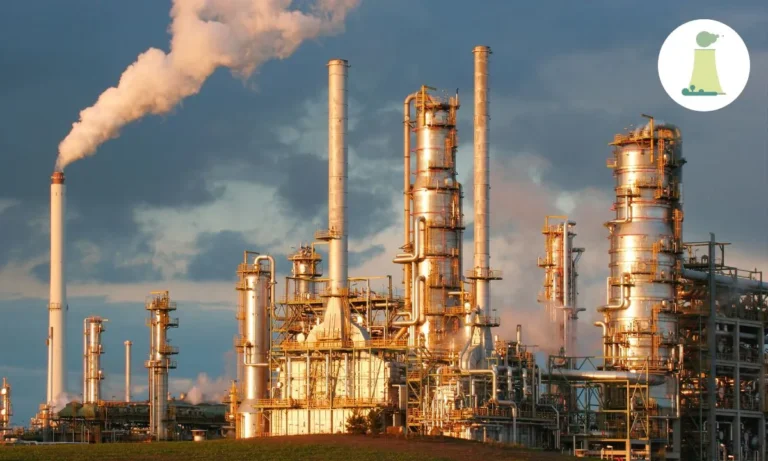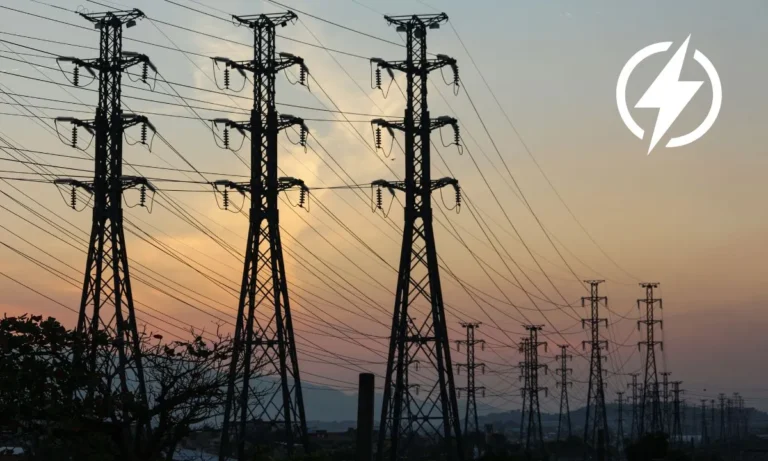Govt Accused of Favouring Baggase-Based IPPs
Industrial stakeholders pushed for expediting the approval of the KE Multi-Year Tariff to stabilize industrial planning
Staff Report
The stakeholders have criticized the government for favouring Baggase-Based IPPs in negotiating a deal with baggase based IPPs to put the burden of depreciation of rupee on the consumers.
During a public hearing conducted on Wednesday, it was informed that that the consumers would be paying 70 percent burden of the actual depreciation of rupee to bagasse based IPPs.
According to amendment, foreign O&M: PKR/USD depreciation shall be allowed only to the extent of 70% of the actual depreciation per annum. In case the PKR appreciates against the USD in a year, then 100% of such appreciation shall be passed on to the consumers.KAPCO Free Ride on Public Money!
The participants said that there had been a history in the country that rupee had been depreciating instead of appreciating. Therefore, it was unfair that 70 percent burden of the depreciation of rupee would be passed on to the consumers.
They said that sugar industry was already making hefty profits and there were additional profits on baggase based IPPs they were making.
The power ministry official said that consumers had been paying 100 percent depreciation cost to these IPPs that had been reduced now to 70 percent.
Therefore, it was some relief being passed on to the consumers. Regarding a deal with nine IPPs, it was informed that there would be a relief of Rs 1 per unit for the consumers. The power division in its petition sought to revise the Fuel Cost component of tariff with effect from October 01, 2021. Rs. 4,500/ton as on October 01, 2021, thereafter 5% annual indexation.
FCC would be calculated at Calorific value of 7000 BTU/kg and Reduce the Working Capital Component by 50% for all Bagasse IPPs (except for Shahtaj, whose tariff does not include the WCC component), petition revealed adding that there would be a fix ROE and ROEDC components at PKR 168/USD with no future USD indexation.
Indexation of Local O&M shall be allowed as the lower of (a) five percent (5%) per annum or the actual average National Consumer Price Index (NCPI) for the preceding twelve (12) months for all the Bagasse IPPs,” it said adding that IPPs may sell electricity to Bulk Power Consumers (BPCs) subject to amendments in their GL and EPA, and upon commitment for payment of compensation to CPPA-G for each unit of electricity supplied to the BPCs.
The cap of insurance during operation shall be 0.7% of the EPC cost for Chiniot Power Ltd., in line with other Bagasse IPPs. Reduce the reference O&M component by 10% for Chiniot Power Ltd., at par with other Bagasse-based IPPs. Revision in sharing mechanism beyond Net Annual Plant Factor (for Bagasse-based IPPs, except for Shahtaj),” it added.
KE hearing
Industrial stakeholders pushed for expediting the approval of the Multi-Year Tariff to stabilize industrial planning and forecasts, during a hearing held by NEPRA to determine the provisional FCA for February 2025. Industrial representative, Rehan Javed, explained that developing a production plan around provisional numbers hinders productivity and growth affecting the economic growth of the country.
Karachi can expect an additional relief of Rs. 6.62 per unit, on top of the tariff cut, in their electricity bills as the National Electric Power Regulatory Authority (NEPRA) concluded its proceedings on Wednesday on a plea for tariff reduction on account of fuel adjustment for February 2025.
Approval of the petition would allow KE consumers to benefit from a reduction of almost Rs. 6.662 billion. KE maintained its position of partial adjustment due to accumulated costs, a sentiment opposed by industrial stakeholders.
KE’s request for partial adjustment is made on the principle that these adjustments may arrive during peak summer months and out of prudence, this cushion is being created for the customers, during a period where electricity consumption and, therefore, bills are higher.
Addressing queries on the petitioner bearing the cost of independent verification, KE’s Chief Executive Officer, Moonis Alvi, highlighted that it is a global practice. The applicant has to cover the cost of any verifications and feasibility studies e.g. environmental risks during loan applications for new projects.
Addressing concerns over capacity payments being made in the generation tariff, NEPRA officials clarified that capacity payments have been a part of the tariff, calculated on the basis of availability. Previously, visibility was restricted as NEPRA shared a one-rate tariff as opposed to the new regulations where the tariff is broken down into components.
Tanveer Barry, Vice President KCCI, highlighted the need for timely sharing of data by NEPRA in order for stakeholders to raise concerns accordingly on delays.
NEPRA officials also clarified that there are no delays on NEPRA’s end with regards to Service Level Agreements, sharing in detail a timeline with which NEPRA has expedited the process.
Upon the question of whether this relief is incorporated within the government’s announced tariff cut, NEPRA official explained that this was an additional relief that KE was providing its consumers with.
Later, the authority reserved its decision which would be issued after reviewing the data and submissions presented by the KE during the hearing.







